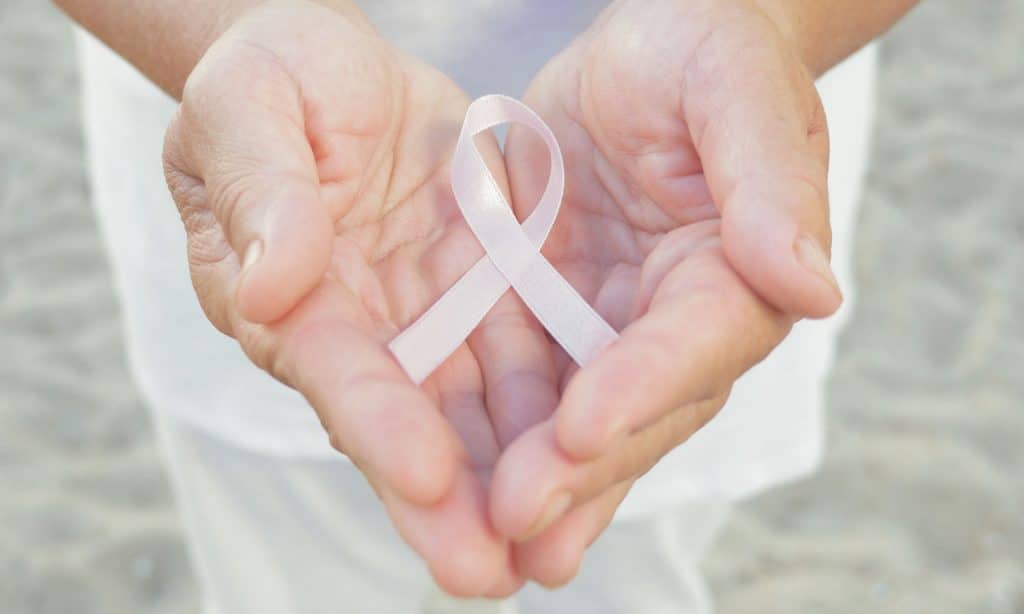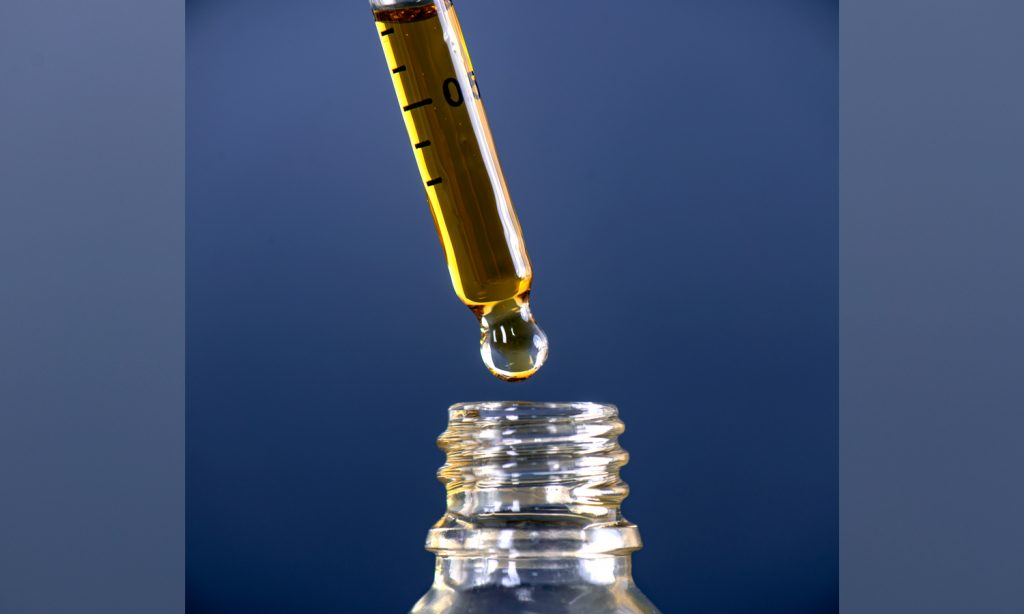Cannabis during breast cancer treatment: What are the benefits?
Well-known organizations like the American Cancer Society have already had frank discussions about the benefits of CBD and cannabis during cancer treatment.
A cancer diagnosis is a life-changing event. From the confusion of understanding the road ahead to the hectic schedule of treatment protocols and never-ending appointments, many individuals struggle through treatment and beyond.
Amy S., a native of Milwaukee, shared that her breast cancer treatment took a toll not only on her body, but relationships as well. “Exhaustion was an understatement. I didn’t have the brain power or the patience to give to my children, or my husband.” Amy went on to explain that during particularly difficult chemotherapy sessions, while they were targeting her left breast, she had continuous nausea and insomnia. One bright spot, Amy shared, was that a friend passed her some CBD oil.
After discussing combining the oil with her other treatment, she found relief in small doses. “It didn’t fix the fear, but it gave me a little bit of my life back, between vomiting and overthinking.” Amy credits CBD oil with helping her deal with anxiety and pain during treatment. And, she’s not alone.

Well-known organizations like the American Cancer Society have already had frank discussions about the benefits of CBD and cannabis during cancer treatment.
There have been some early clinical trials of cannabinoids in treating cancer in humans and more studies are planned. While the studies so far have shown that cannabinoids can be safe in treating cancer, they do not show that they help control or cure the disease.
Here are five ways cancer patients may use cannabis or CBD oil to alleviate symptoms during cancer treatment:
Anxiety: A cancer diagnosis can bring feelings of uncertainty and tension within the mind and soul. From second-guessing to understanding larger questions around the disease, many patients can experience anxiety and depression. According to Harvard Health, CBD is commonly used to address anxiety. In a 2015 study and analysis, researchers found that CBD oil offered promising treatment for individuals with various anxiety disorders.
Pain: Men and women experiencing cancer treatment often experience pain at injection sites as well as pain after surgery. In a piece for Doximity, Dr. Johnathan Kaplan shared that Marijuana and CBD offered a myriad of after-surgery benefits, including stopping eliminating opioid addiction, increasing appetite, and decreasing pain and side effects such as constipation.
As patients take more opioids for pain, the resulting constipation can cause more pain and the cycle begins anew. That is not an issue with marijuana.
Nausea: The American Cancer Society cites a study where individuals felt relief from symptoms of nausea and vomiting during treatment. In the study, individuals felt that smoking cannabis helped ease episodes of vomiting and nausea brought on by chemotherapy.
Insomnia: Often caused by anxiety or chronic pain that comes with a cancer diagnosis, insomnia can cause patients, a large CBD study from the U.S. National Library of Medicine found that of the 72 patients sampled, anxiety decreased in the first month of introducing CBD in a bedtime routine. Additionally, sleep scores also improved in the first 30 days in over 66.7% of patients.
Overall unease: From helping to balance stress and mood to reducing episodes of depression, Linda A. Parker found in writing her book, Cannabinoids and the Brain, found, “in a survey of nearly 4500 people revealed fewer depressive symptoms in cannabis users than in non-users.”

Even better? Research recently found that cannabinoids (CBs) offered relief for tumor-related symptoms in not just nausea, vomiting and pain for cancer patients, but in attacking the actual tumors. An April 2019 abstract in the U.S. National Library of Medicine found that CBs may slow tumor growth in breast cancer patients because they are active against estrogen-positive breast cancers, but non estrogen breast cancers as well, (as well as triple-negative breast cancer.) Often given to breast cancer patients in the advanced stages of the disease to slow growth, CBs may also offer relief in earlier stages of cancer as well.
For those experiencing a cancer diagnosis, it’s always best to discuss CBD or cannabis use with your doctor to ensure they have all the up-to-date information of your lifestyle and medicines- especially since CBD or cannabis can interact with medications you may be taking.
